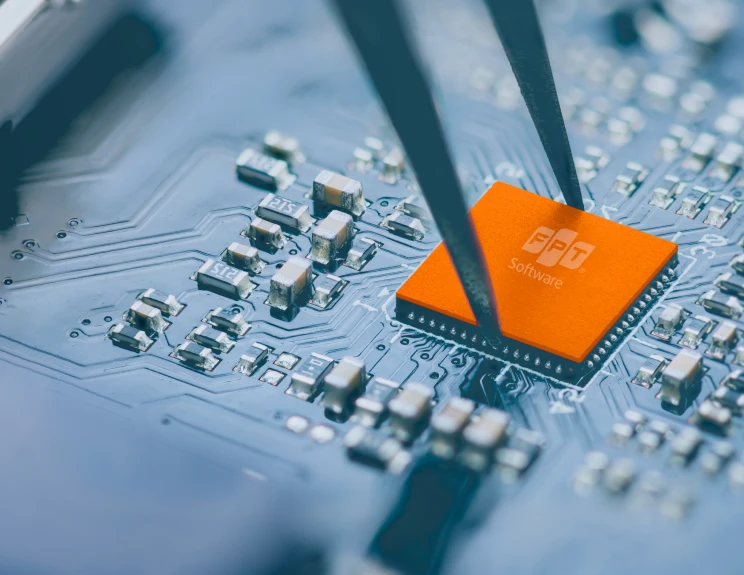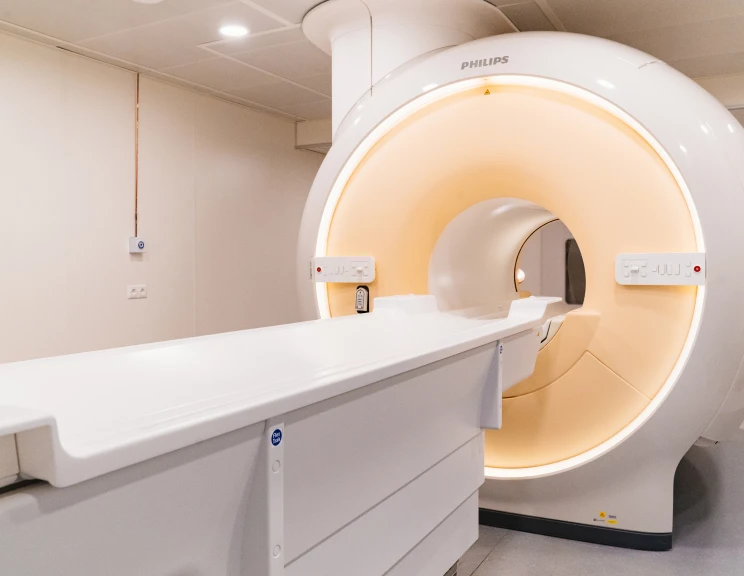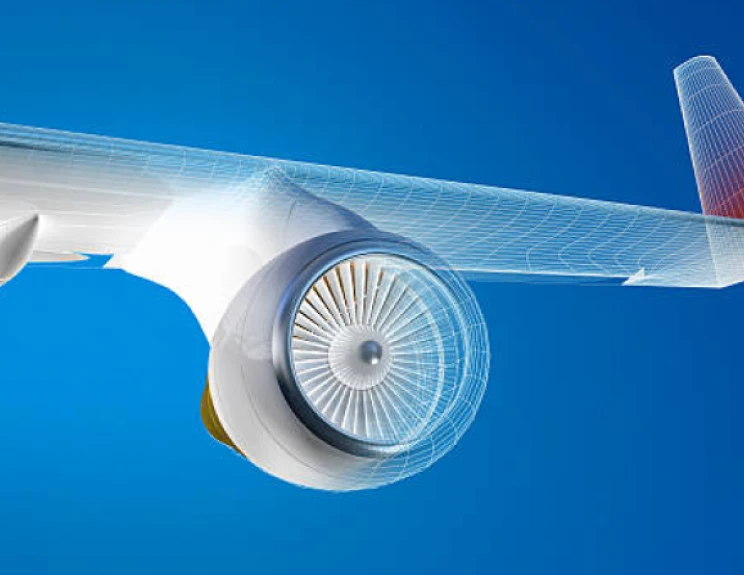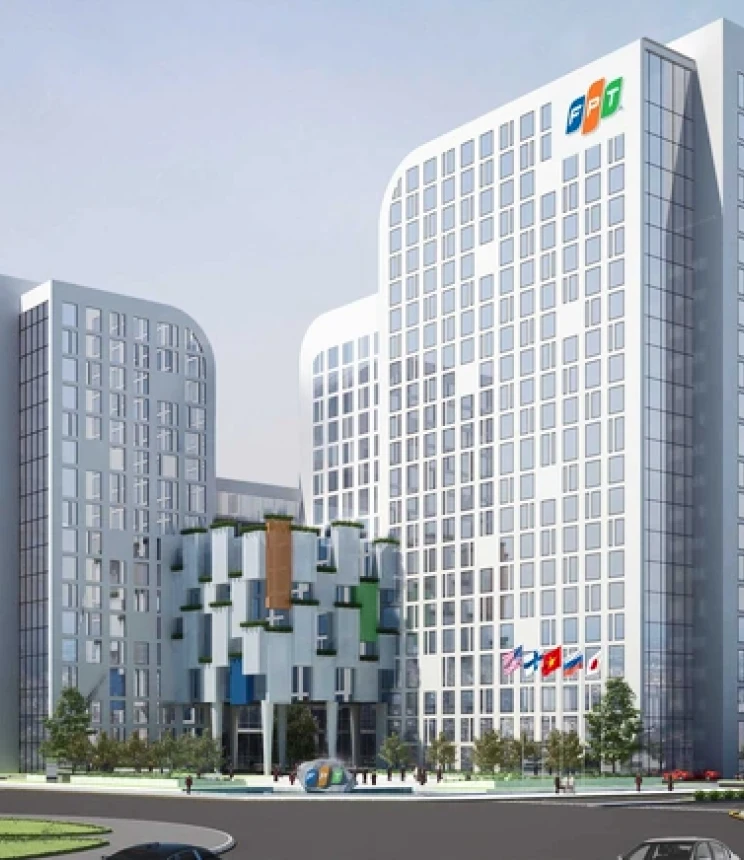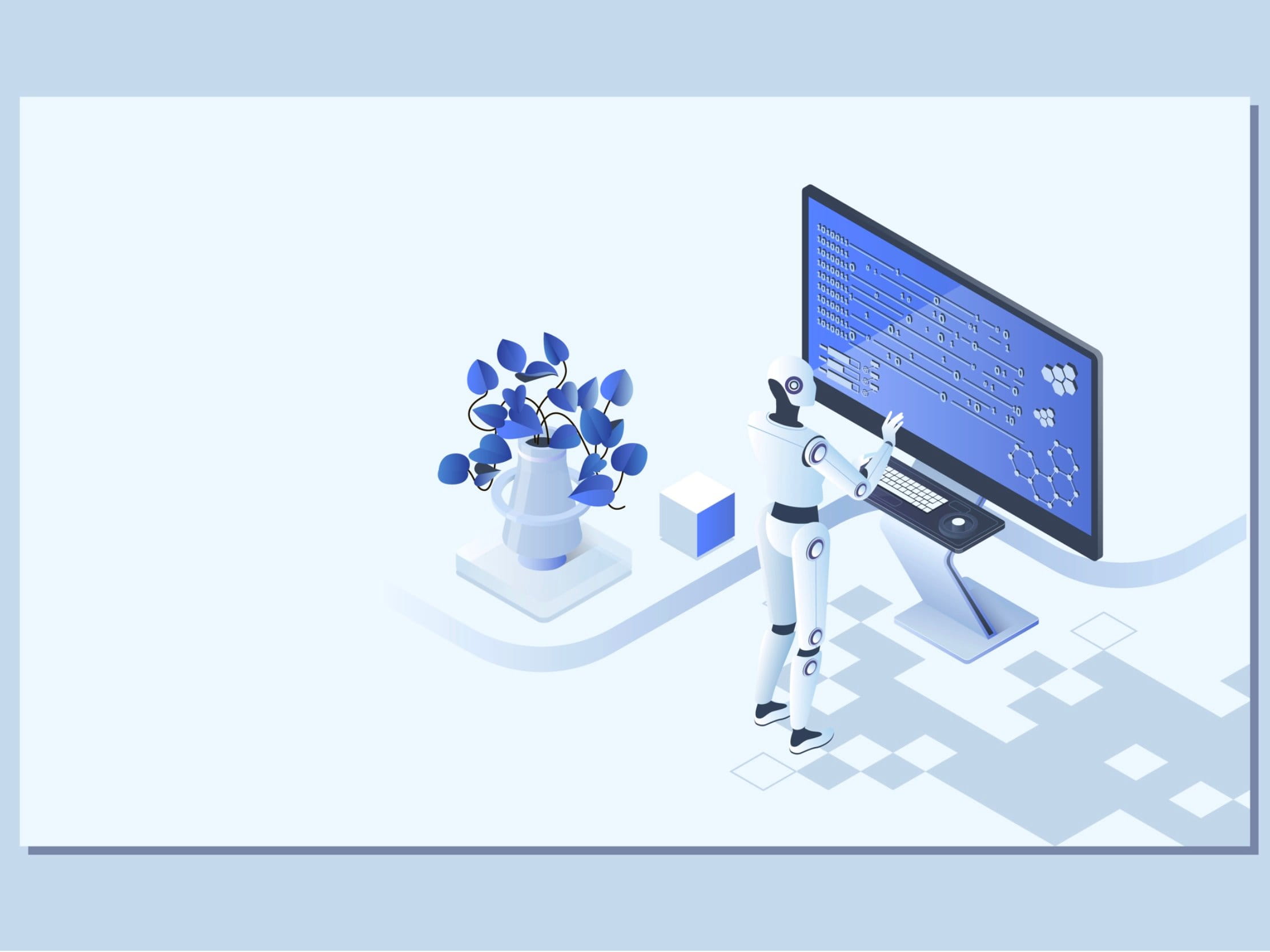
Find out reasonswhy RPA could be the answer to your legacy problems.
With the constantly evolving demand and habits of customers, companies have to always keep up with the pace of technology. Nonetheless, legacy systems, which were massive investments empowering firms to achieve or maintain competitive advantages,are now becoming the major blocker to theirdigital transformation journey.Upgrading the dated system would open the doors to technological innovations, yet it is such a huge burden in terms of resources and time.Thanks to Robotic Process Automation (RPA), enterprises can put an end to this dilemma.
What is a legacy system?
A legacy system is an old computer system, software application, programming language or other technology that is essential to organizations’ daily operations. Since many companies have tailor-made their processes, legacy systems usually serve as the foundation for all business functions, containing most of critical, required-to-maintain data.Unfortunately, not everything gets better with ages like wine. These systems are increasingly unstable due to obsolete technologies, oftenincompatible with modern IT solutions, hence resulting in excessive maintenance and support cost, the greater possibility of security vulnerabilities and operational disruption. They also hinder business agility and compliance, as legacy tech platforms are no longer capable of meeting the evolving demands of customers as well as industry regulations.
Why do legacy systems still exist?
Despite a slew of inconveniences, enterprises are still clinging onto their ageing systems. One of the reasons has been that replacing these outdated technologies are incredibly time-consuming and costly. Depending on the scale of the system and organization, replacement projects may last for months or even years. The tremendous amount of time, cost and resources required for new system testing, as well as the mere prospect of massive end-user training oftenfill companies with dread.
Additionally, because legacy systems were deployed long time ago and developed based on ancient technologies, they, in most cases, lack technical specifications and documentation, making it challenging to create an alternative with identical functionalities. Most importantly, decommissioning legacy software may expose an enterprise to the risk of valuable data getting lost or corrupted and critical business transactions shutdown. As legacy investments are still serving the business and employees are already accustomed to them, continuing to maintain these systems remains a much more appealing option for companies than making any changes.
(Read more: RPA: The Transformer for Your Business Success)
Why RPA?
Because completely dismantling the legacy systems is obviously not a choice of most organizations, other approaches have been taken into consideration. Among those, upgrading ancient structures via RPA initiatives is gaining popularity. There are three reasons behind.
First, RPA requires short implementation time. Robotic process automation is a non-intrusive technology that does not require integration, complex application programming interfaces (APIs) or coding. The robots interact with applications and systems at the presentation layers only – similar to the way humans would. Therefore, it can be easily deployed, allowing organizations to swiftly respond to new opportunities or challenges and produce quick productivity wins.
The second benefit RPA couldoffer those who want to upgradetheir outdated systems is affordability. While other technologies, for instance, an API, normally need at least one or two specialized systems engineers to configure, implementing RPA requires less skill and human resources, thereby incurring lowerlabour costs for business owners. Since robots can mimic human to perform almost every repetitive and rule-based tasks, the automation solution is also highly scalable and can be adapted to different operation needs with virtually no additional infrastructures. Compared to deployinga completely new system that could cost millions of dollars, the utilization of RPA is much more financially efficient and feasible on any budget.
Finally, and perhaps most importantly, RPA provides a higher level of security as opposed to other approaches. Previously, outsourcing or offshoring used to be the option for some companies to avoid total replacement of legacy system while keeping the costs low. But this also comes with increased data and access security risks. RPA helps organizations remain in full possession of sensitive information and control access authorization.
Undoubtedly, RPA offers great potential fororganizations to enhance their legacy systems, especially those that are looking for a quick and cost-effective solution. Yet, like any other project,the adoption of this technology requires thorough consideration and careful planning (Read more: 04 phases of a comprehensive RPA solution). Apart from selecting appropriate tools and deciding which process to automate, choosing the right vendor who accompanies your enterprise in the automation journey is essential to RPA success.
Why FPT?
With years of experience in RPA solution development, FPThas helped a variety of customers in multiple industries automating business processes. Leading in digital transformation services in South East Asia, we cooperate with top RPA services vendors and provide not only RPA products but also total end-to-end solutions. As a part of the FPT’s ecosystem, akaBot is a comprehensive RPA solution, designed to transform operation process and improve cost savings for customers. To learn more about akaBot, click here!
References
1. KPMG (2019). Khube Mag: Intelligent automation edition. Retrieved from https://home.kpmg/lu/en/home/insights/2019/04/khube-mag/intelligent-automation-edition/the-vast-world-of-intelligent-automation.html
2. PwC (2016). RPA and your digitisation strategy. Retrieved from https://www.pwc.com.au/pdf/pwc-rpa-and-your-digitisation-strategy-report.pdf





